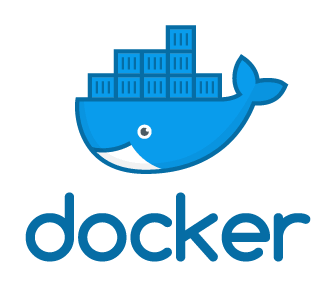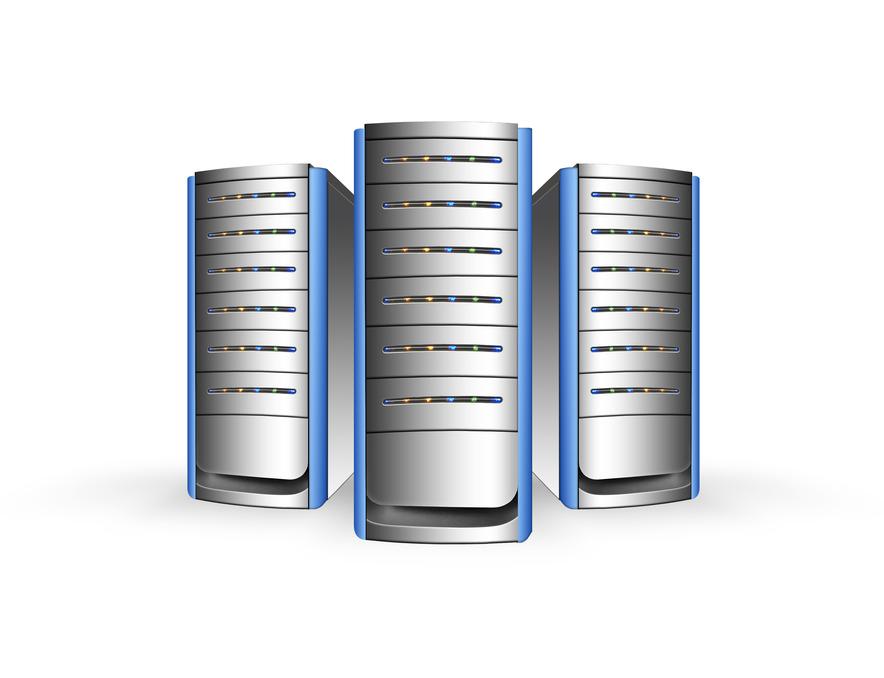Containerization has become a buzzword in the realm of software development and deployment, and for good reason. It offers a seamless and consistent environment for applications, making the deployment process smoother than ever. If you’re new to this world or looking to get started with Docker on CentOS, you’re in the right place. Let’s take a journey through the process of setting up Docker on a CentOS VPS and deploying your inaugural container.

The Magic of Containerization
First off, let’s break down containerization. Imagine a box (or “container”) that has everything your application needs to run – code, runtime, libraries, and other dependencies. This container ensures that the application runs in the same manner regardless of where the box is placed.
Benefits? Numerous! Fewer compatibility issues, reduced overhead (compared to traditional virtual machines), and a smoother transition from development to production, to name a few.
Docker: A Primer
Docker, in simple terms, lets you create these containers. It’s been the trailblazer in the containerization movement because of its:
- Portability: Applications in Docker containers run the same everywhere.
- Lightweight Nature: Containers share the same OS kernel but run in isolated user spaces. This makes them faster and more efficient than traditional VMs.
- Extensive Library: Docker Hub, Docker’s public registry, hosts a myriad of ready-to-use images for various applications and services.
Getting Docker Up and Running on CentOS VPS
Assuming you have a VPS with CentOS ready, let’s dive into the installation.
1. SSH into Your VPS:
You’d typically use the SSH command. Assuming your server’s IP is 123.45.67.89, you’d run:
2. Update the System:
Make sure everything’s up-to-date:
sudo yum update -y3. Install Required Packages:
There are certain packages that Docker requires. Get them using:
sudo yum install -y yum-utils device-mapper-persistent-data lvm24. Set Up Docker Repository:
Add the Docker repository to your system:
sudo yum-config-manager --add-repo https://download.docker.com/linux/centos/docker-ce.repo5. Install Docker:
Now, simply install Docker with:
sudo yum install -y docker-ce6. Start and Enable Docker:
sudo systemctl start docker
sudo systemctl enable dockerYour First Dive: Deploying a Docker Container
With Docker installed, it’s time to experience the magic of containers.
1. Pull a Docker Image:
As an example, we’ll use the Nginx image:
docker pull nginx2. Deploy the Container:
Launch the container, binding it to port 80:
docker run -d -p 80:80 nginxThat’s it! Nginx is now running inside a Docker container on your CentOS VPS. Open a browser, type in your VPS’s IP address, and you’ll be greeted by the Nginx welcome page (assuming you have the firewall port 80 open).
Congratulations! You’ve taken your first steps into the world of Docker and containerization on a CentOS VPS. This is merely the beginning. The Docker ecosystem is vast, with tools like Docker Compose for multi-container applications and Kubernetes for orchestration. As you journey ahead, you’ll find that Docker isn’t just a tool, but a game-changer in the way we think about and handle software deployment.

Leave a Reply